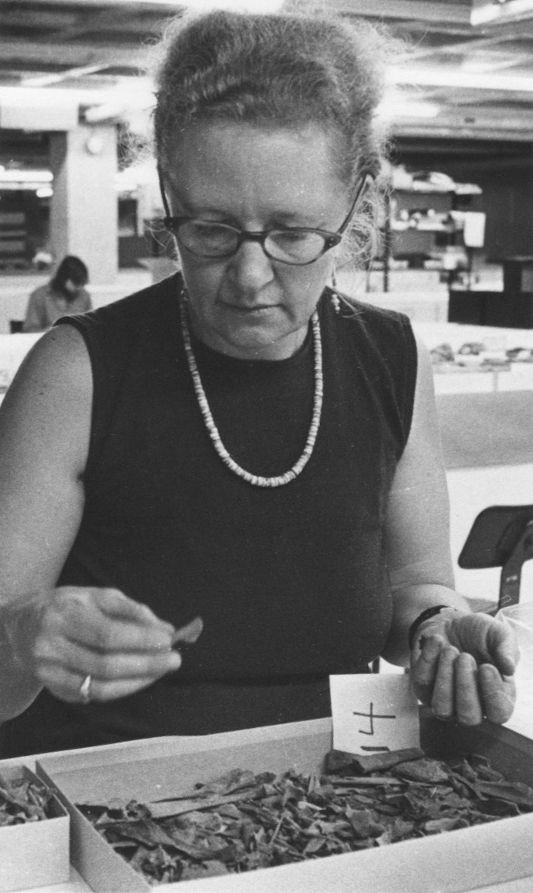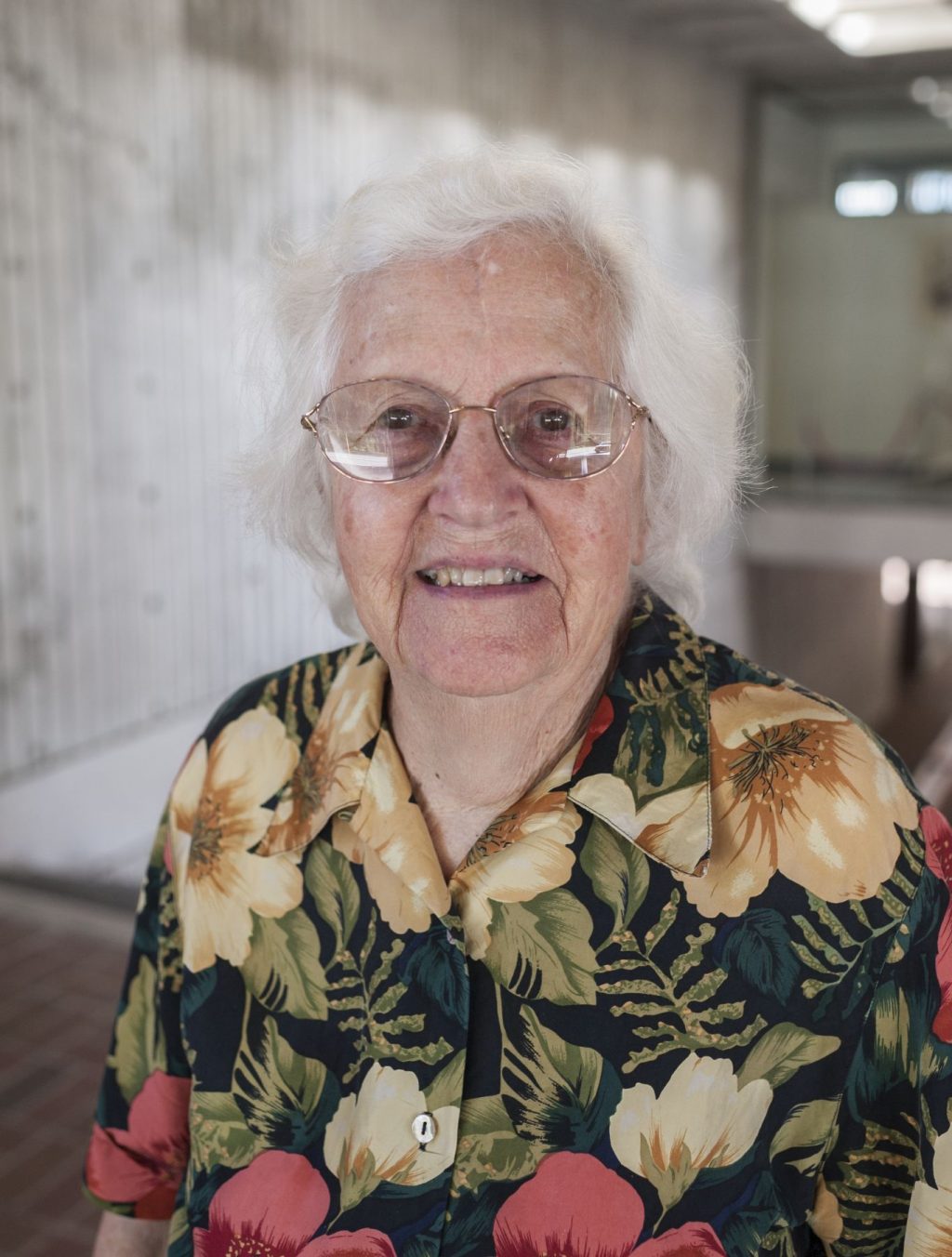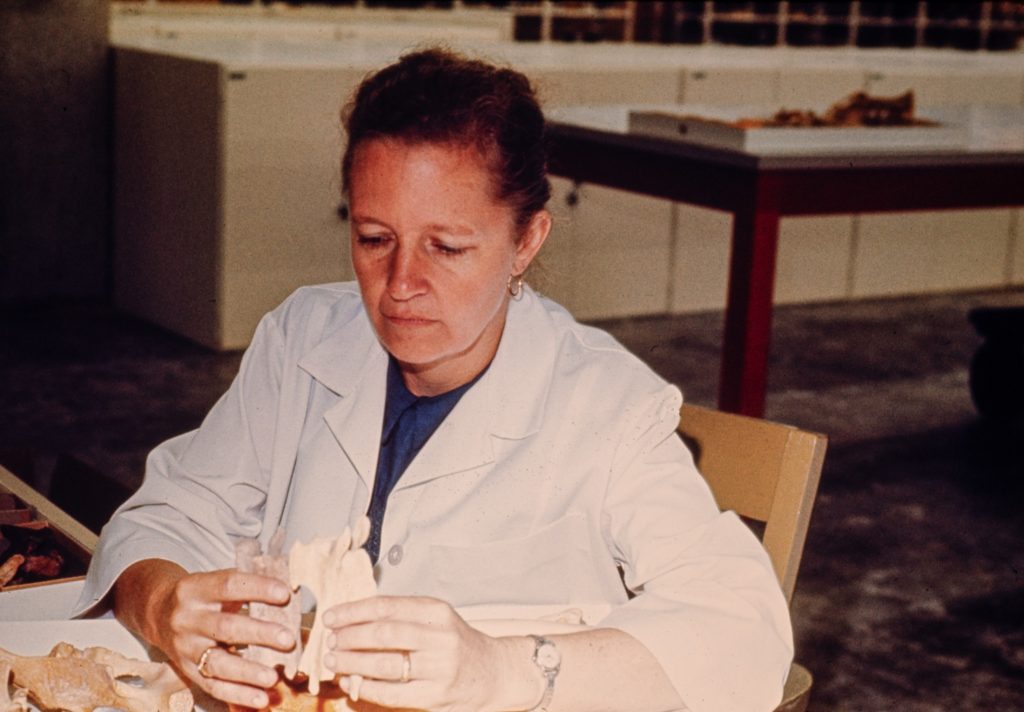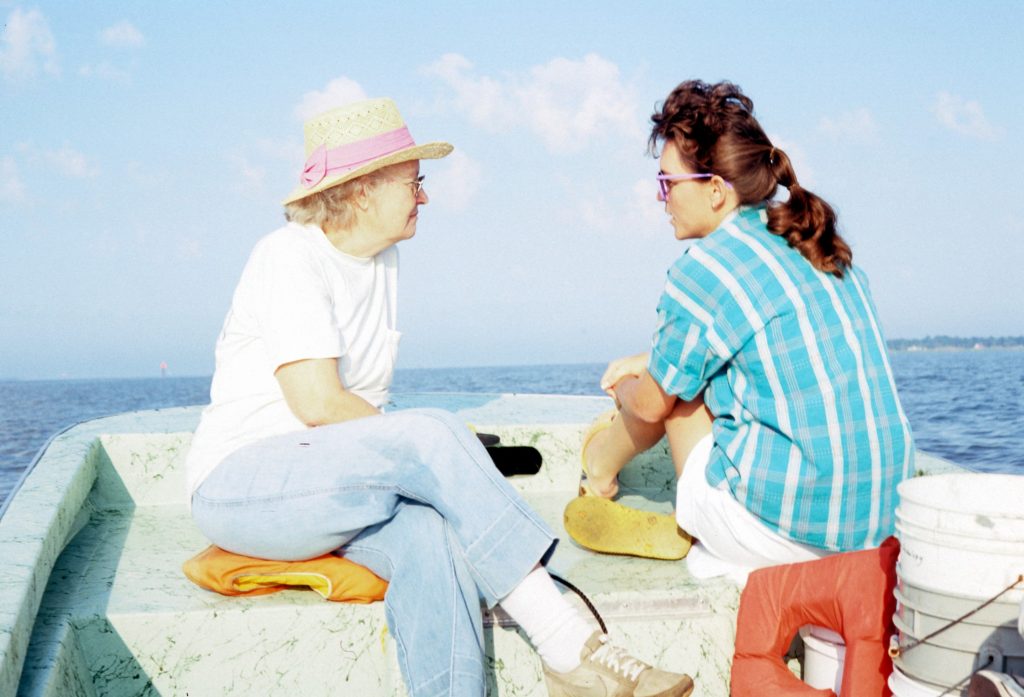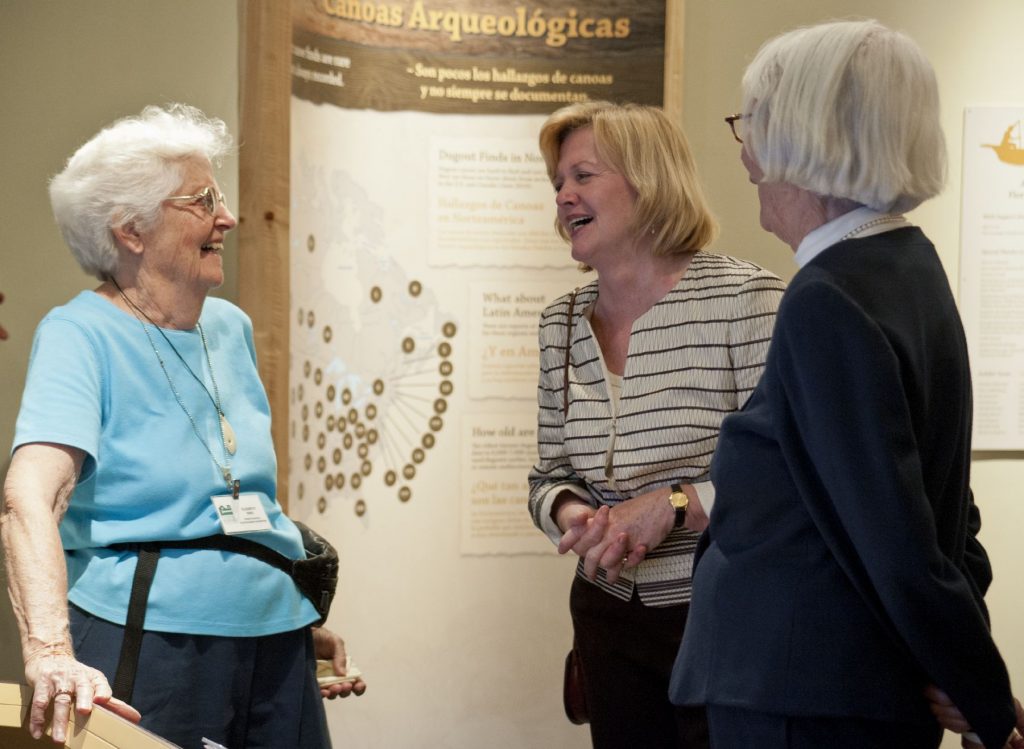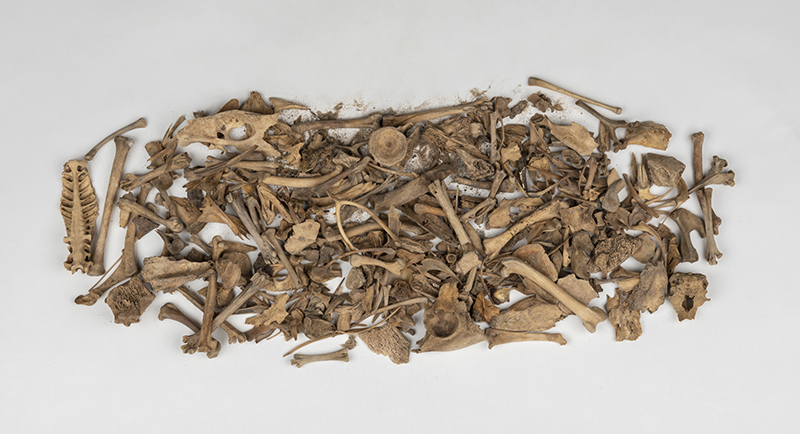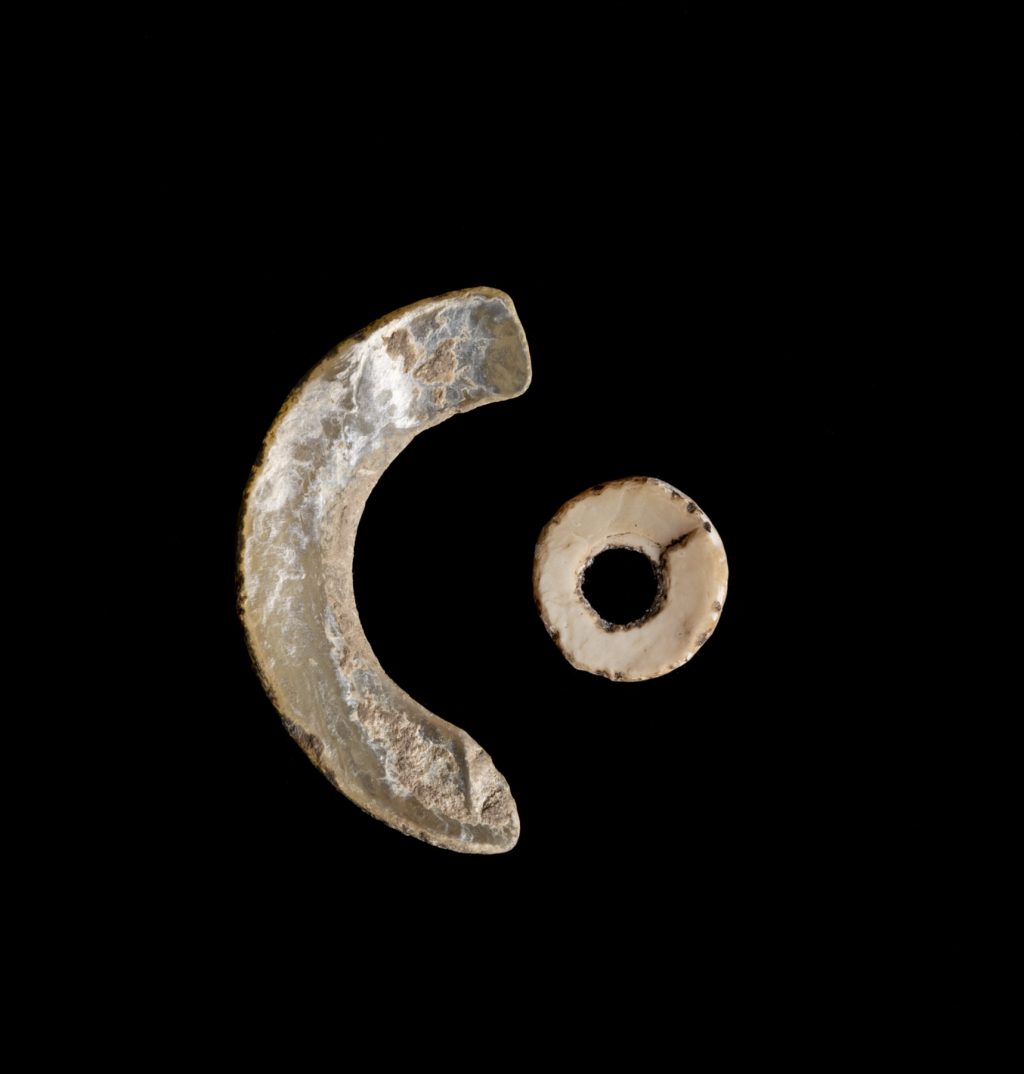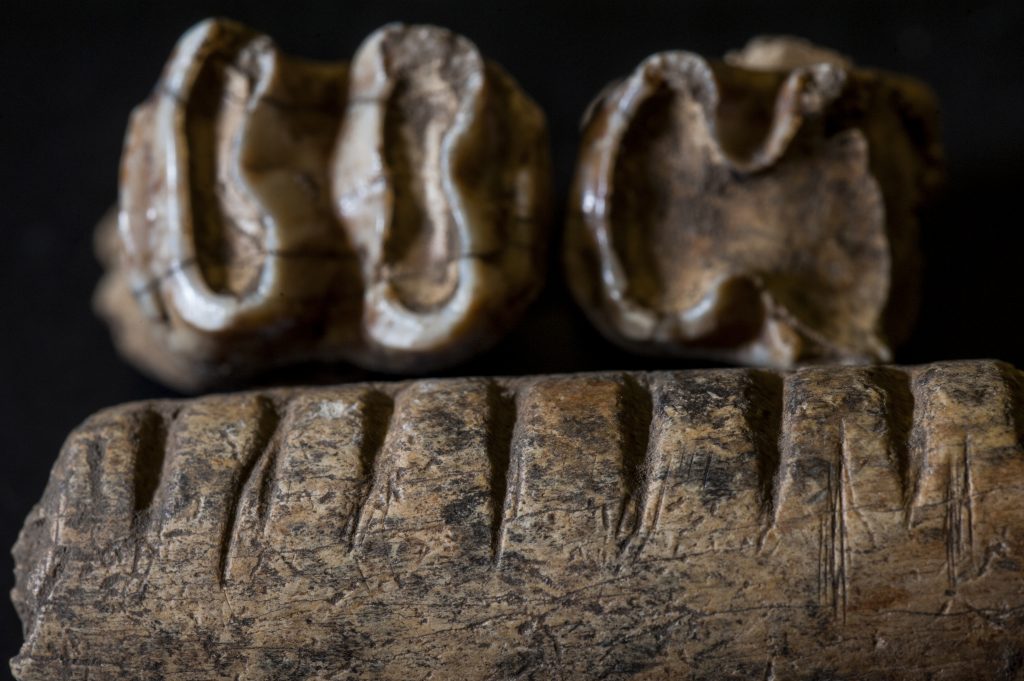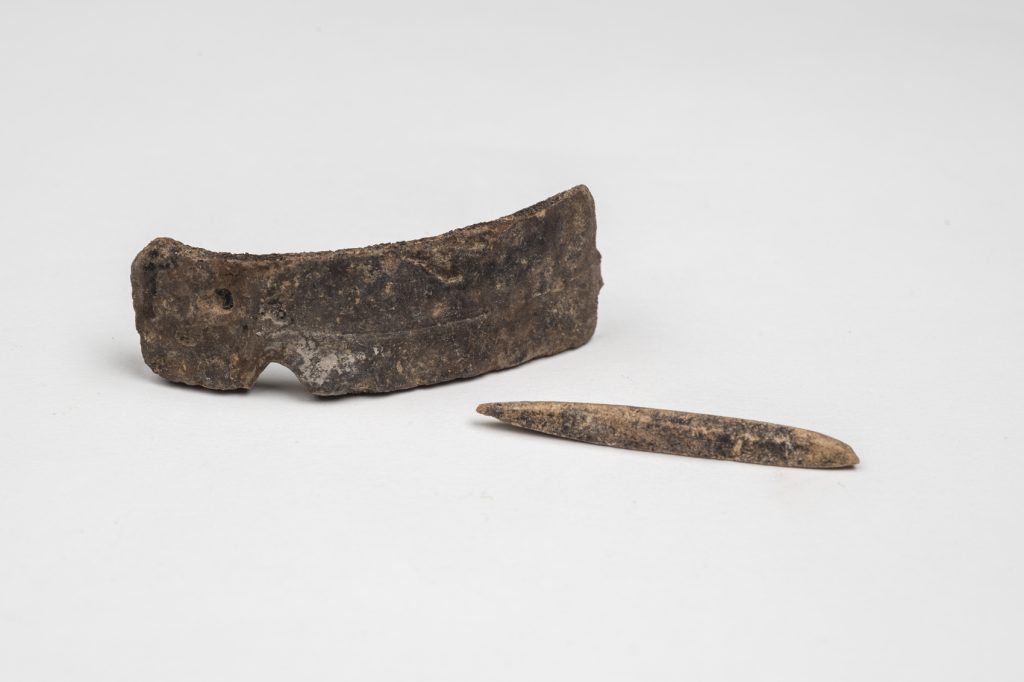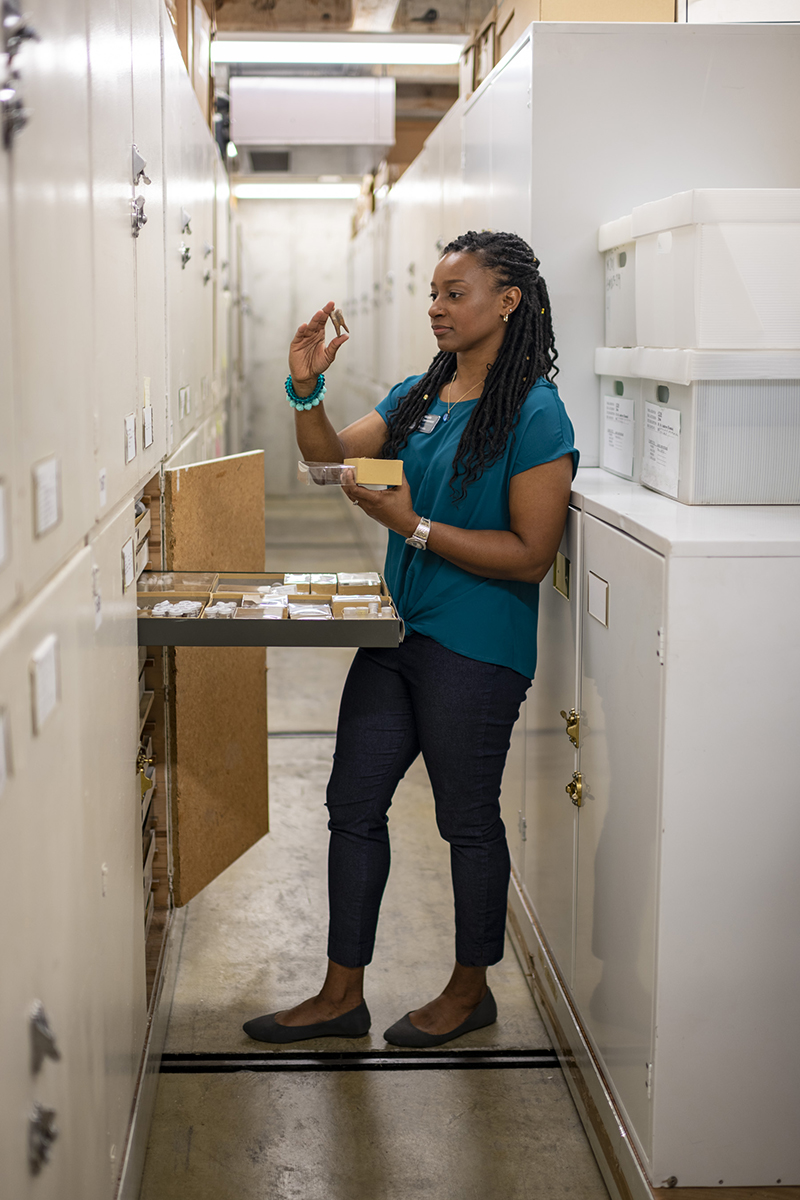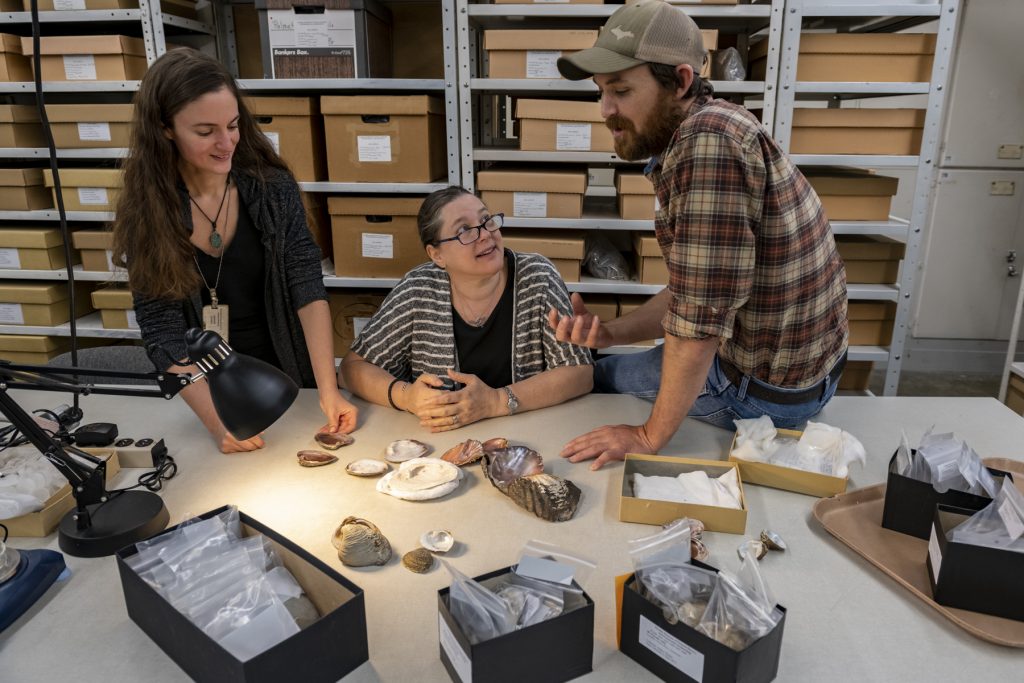Elizabeth “Liz” Wing arrived at the University of Florida in the mid-1950s with little more than a suitcase, less than a decade after the school began accepting women.
As a master’s student with an incurable curiosity for “anything that cracked or crawled,” Wing was interested in animal anatomy and absorbed as much field experience as she could, despite being barred from many nighttime expeditions and expected to prepare sandwiches for her male peers on class trips. She zipped between sites on a Lambretta scooter to study pocket gophers, took on a stalled project on mammal remains from Trinidad and cave-dove in training for an underwater excavation at a Florida Spanish mission site.
The first woman to earn a Ph.D. in zoology at UF, Wing’s path would lead her to help create an entirely new discipline – environmental archaeology, the study of people’s relationship with nature over the past millennia.
Eighty-eight years old today, she remained at UF for her entire academic career, retiring in 2001 as the curator emeritus of the Florida Museum of Natural History’s environmental archaeology program, which she founded. She produced nearly 91,000 pages of papers, sketches and field notes during her career and was elected to the National Academy of Sciences in 2006.
Her legacy as a scientist, a pioneer in her field and an inspiring mentor endures at UF and the Florida Museum, where Associate Curator Kitty Emery has led the environmental archaeology program for the past 20 years.
“We couldn’t get to the bigger questions of how people think about their environment without the generations before us providing the basic data and methods,” Emery said. “That’s what Liz provided, and the entire field can build on her foundation.”
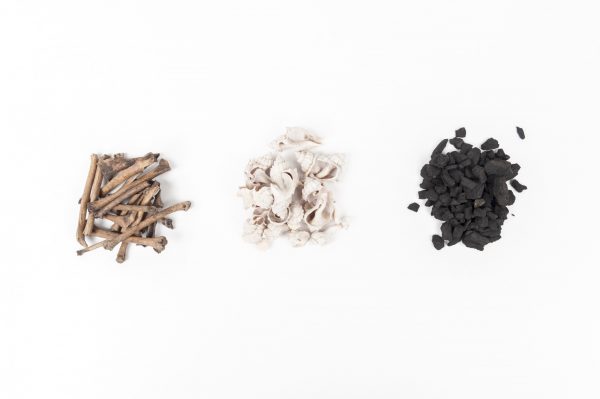
Florida Museum photo by Kristen Grace
From humble beginnings, the field has evolved into a crucial link between paleontology and modern biology and anthropology: Environmental archaeologists investigate everything from prehistoric water temperature and ancient turkey domestication to how the cultures of the last millennia contended with a changing climate.
“By its very nature, our field is a mutt,” Emery said. “We are interdisciplinary, and we are at the nexus of all the different things that are happening. Liz didn’t fit in – and I think that’s where it always ends up starting, right?”
From Cheez Whiz jars to 12,000 specimens
Wing was born Anna Elizabeth Schwarz on March 5, 1932, in Cambridge, Massachusetts. Before permanently settling in Boston, her family briefly lived in Vienna, where her parents first met. In archival interviews with UF’s Samuel Proctor Oral History Program, Wing recalled that her lifelong love of nature began in the sprawling gardens of the 18th-century Schönbrunn Palace.
Wing cultivated her interest in animals as a teenage volunteer in the Harvard Museum of Comparative Zoology where she developed a passion for museum collections. Although her father was the chair of the history department at nearby Wellesley College, Wing earned her bachelor’s degree in biology from Mount Holyoke College and departed to Gainesville by train to continue her studies.
“The question was, ‘Where can I go for further education to study whole animals – not just cells or the function of cells, but the whole animal?’” Wing said. “I came to UF sight unseen, and it was the best choice – among many choices – that I’ve made.”
Wing lived in a run-down house in Gainesville during her student years, where the sight of a neighbor’s cat crawling through the ductwork and a roommate’s pet opossum caused her mother to break down in tears during a visit. But Wing was unperturbed: From scratching notes in newspaper margins in her childhood to recycling carbon paper as an adult, frugality was second nature to her.
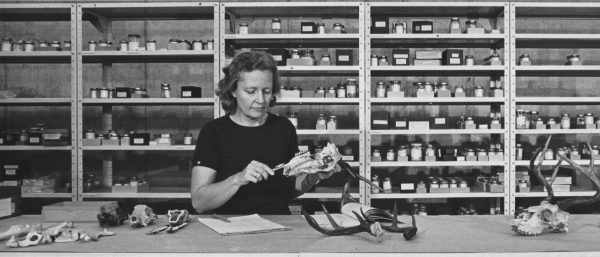
Florida Museum of Natural History archives
It was while working on her dissertation that Wing formed some of her earliest partnerships with museums around the world to study their vertebrate collections, including Harvard. This marked the beginning of her early zooarchaeological work, and Wing was eventually offered a graduate assistantship in the Florida Museum’s mammal collection for her expertise on vertebrates.
Wing’s metamorphosis into the “grandmother of zooarchaeology” accelerated when she was awarded a National Science Foundation grant to identify vertebrate remains from archaeological collections in 1961. The project continued until 1969, when the state began funding permanent positions in zooarchaeology. Her titles morphed from interim assistant curator of zooarchaeology to assistant curator and then to associate curator. In 1978, she was officially appointed curator of one of the few zooarchaeological collections in North America at the time.
Wing set her sights on building the museum’s comparative collections, sets of modern skeletons used to identify ancient animal remains. She was thrilled when her son – now a marine biologist in New Zealand – gifted her three dried birds for Christmas one year. An anhinga, least bittern and woodcock were prepared as the collection’s newest acquisitions.
A visitor to the environmental archaeology collection in its early days might have done a double take at the Cheez Whiz and baby food jars Wing used to store specimens. With continued contributions by Emery and her team over the past two decades, the Florida Museum’s environmental archaeology comparative collection contains more than 12,000 specimens that contribute to research around the world.
“Now I can look at the progression of how the collections evolved, including how things were curated and how Liz recorded data,” Environmental Archaeology Collection Manager Nicole Cannarozzi said. “As the field becomes more advanced, we can continue making improvements.”
Making space for others
As an advocate for women in archaeology, Wing’s mentorship correlates with the strong female presence in the Florida Museum’s environmental archaeology program today, Emery said. Wing made space in archaeology for other visionaries such as Sylvia Scudder, environmental archaeology collection manager for more than 20 years alongside Wing and key developer of the study of ancient soils from archaeological sites.
Wing emphasized a work-life balance in academia, said Kathleen Deagan, Florida Museum distinguished curator emeritus of historical archaeology. Wing’s two children were raised on 20 acres of woods and marsh, and the Wing farm was a locally revered oasis. Peacocks, guinea pigs, sheep, goats, chickens and pugs were standard tenants.
“She was never aggressive or self-aggrandizing,” Deagan said. “While building a career and an internationally respected program, she also had a happy marriage and family and shared that part of her life with her students and colleagues. Seeing that it was possible to have a holistic, well-rounded life as a scientist and scholar was a revelation not just to me, but I think also served as a model for a generation of women in the field.”
For some, Wing’s prioritization of quality science over appeasing tradition at a male-dominated institute testifies to a commitment to diversity.
“I was so lucky to work with her,” said Irvy Quitmyer, retired collection manager of environmental archaeology who studied with Wing. “The culture she created in her lab was a demonstration in what individuality represents and conveyed that there was a place at the table for all highly qualified scientists.”
Still, longstanding biases remain. Emery said zooarchaeology and other lab-focused parts of the discipline were long viewed as more appropriate pursuits for women, who were sometimes actively discouraged from breaking into field research.
“People said it was ‘too dangerous’ for a woman to do fieldwork,” Emery said. “Liz conducted much of her work in the field, both locally and internationally, as do I and my colleagues now. We show that it can be done, and not only that, but that there’s no difference in the quality of a woman’s research as opposed to anyone else – and Liz was a real forerunner of that.”
Weaving disciplines together
In 1997 the Florida Museum’s zooarchaeology program was renamed environmental archaeology and joined the museum’s newly created department of natural history, which combined anthropology and the natural sciences.
“We recognized that what we were doing went across a whole bunch of disciplines,” Quitmyer said. “All of us were experimenters, and we were all interested in everything.”
The interdisciplinary nature of the field may have been why the National Academy’s recognition of Wing’s contributions to research came so late, he added.
“They didn’t know if she was an archaeologist or a biologist,” he said. “And then it became apparent that she was a multidisciplinarian who worked in all those areas. Increasingly, work in multidisciplinary research is being rewarded by our peers and institutions as they recognize that great discoveries are made at the boundaries between disciplines.”
As the environmental archaeology program continued to grow prior to her retirement, Wing maintained a sharp eye for missed connections between zoologists and archaeologists. Addressing these, she believed, would create more valuable data for everyone involved. First up was adding context to what archaeologists called the “laundry list.” While useful for basic site descriptions in archaeological research, these lists don’t include contextual information, such as what animals on a site might have represented to humans and the methods that zoologists used to make identifications.
In reality, the insights environmental archaeology can provide are much more three-dimensional, Cannarozzi said.
“To make zooarchaeological data valuable for both archaeologists and zoologists, a lot more had to be provided,” Emery added. “Liz standardized the methods of data collecting and of basic quality analysis – so essentially, the fundamentals of how you knew what it was, how many things you had to have before you could make any conclusions and how one thing could be interpreted from another.”
In 2019, Emery and Cannarozzi were awarded a nearly $800,000 NSF grant to curate collection specimens documenting 14,000 years of Caribbean biodiversity. The grant marks the first time that environmental archaeology specimens were recognized by NSF’s biological collections improvement program, Emery said.
“That’s a huge step,” she added. “Whoever replaces me is still going to have an uphill battle, but more and more environmental archaeology is being recognized as important to both archaeology and biology, and Liz – right there at the very beginning – had to fight for that. She was strong as an ox in her determination to make people believe in the value of what she did.”
A field in flux
From using ancient proteins in fossil fragments to reveal what color an animal was to facing the challenges of responsible stewardship of international cultural heritage, Emery and her team deal with questions that were once unimaginable.
“The questions we can pursue today are very different from what Liz was working on,” Emery said. “Sometimes it can be difficult for people to understand how much the science has changed. In the blink of an eye, there have been phenomenal changes to the depths of the scientific methods we can use today.”
Emery believes using the power of the internet is crucial to unlocking the field’s potential. A key facet of her work is investigating how open data can widen environmental archaeology’s scope and provide more accurate models of how people respond to changes in their environments.
“One reason we can’t precisely predict how people will react to climate change is because we have never had a globally connected world the way we do now,” Emery said. “We’ve also never been in a situation where we can be as self-aware and as well-informed as we are, and in the last two years the attitude toward climate change has changed so fast.”
Emery said the Florida Museum is one of the few locations in North America with an extensive comparative collection coupled with access to both archaeological and biological collections.
“Today at the Florida Museum, a researcher can not only study materials in our collections, but they can trot down the hall and investigate archaeological site maps and documentary evidence, as well as field notes and genetic data on related animals, both modern and fossil,” Emery said. “These are invaluable for full interpretation.”
Researchers in the museum’s environmental archaeology program work throughout the Southeastern United States, the Caribbean and Central and South America. Their studies range from uncovering when ancient people harvested oysters to reconstructing ancient macaw husbandry. Emery’s research also centers on tracking ancient Maya use of natural resources, from how these resources were gathered or discarded to the political and economic motivations for why.
“The advent of the internet and the ability for us to provide our data and our research to the myriad of scientists, students and government officials is really an astonishing thing,” Emery said. “We’re only just starting to understand what we can do as a connected world, and to understand the human element as pivotal to answering questions about biodiversity.”
Learn more about graduate degree programs in environmental archaeology at the Florida Museum.
Sources: Kitty Emery, kemery@flmnh.ufl.edu, 352-273-1919;
Nicole Cannarozzi, ncannarozzi@floridamuseum.ufl.edu, 352-273-1926;
Kathleen Deagan, kd@flmnh.ufl.edu;
Irvy Quitmyer, quitmyer@flmnh.ufl.edu, 352-514-0148
